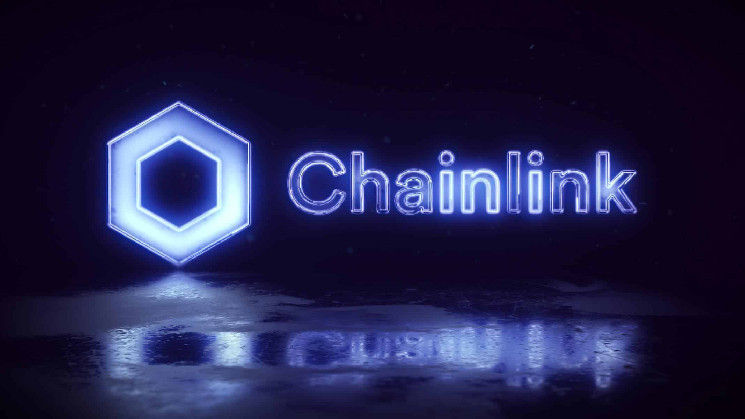- Tokenization is changing into in style in monetary markets for its advantages, like elevated liquidity.
- Chainlink’s CCIP simplifies cross-chain transactions and regulatory compliance by providing a unified framework for asset transfers.
Tokenization is gaining traction within the monetary markets, promising important advantages reminiscent of enhanced liquidity, streamlined post-trade processing, and elevated transparency. The expertise allows tokenizing conventional property into digital tokens on the blockchain for simple buying and selling and administration.
A current research demonstrates the growing curiosity, as 97% of institutional traders consider that tokenization will revolutionize asset administration.
Nevertheless, tokenization has a number of limitations. Regulatory fragmentation throughout areas complicates the panorama and has the potential to decelerate adoption. Additionally, compatibility issues between one blockchain community and one other are a serious problem.
Chainlink’s CCIP Addresses Cross-Chain Challenges
Chainlink’s Cross-Chain Interoperability Protocol (CCIP) is a doable resolution to those challenges. CCIP provides a united strategy to asset transfers and helps to satisfy all of the doable laws. The protocol thus ensures that each one the transactions are safe and may be simply tracked throughout totally different blockchains, which is crucial in addressing many legalities.
This functionality is especially helpful in monitoring the move and compliance of tokenized property, which is extra important within the present international authorized framework.
CCIP additionally covers the combination of private and non-private blockchains. Thus, monetary establishments can work together with a number of blockchain networks utilizing a single integration level, which helps reduce the variety of interfaces and the prices of their implementation.
This integration additionally permits for the sleek coordination of actions between blockchains and the general worth of the transaction processes.
Key Options of CCIP Guarantee Asset Integrity
- Monitoring and Integrity: The asset amount ensures that solely the fitting amount of property is recorded and never tampered with.
- Segregation of Property: Coordinates the involvement of various events, each institutional and non-institutional traders.
- Settlement Assurance: Ensures stability and reliability within the buying and selling system with finality that have to be attained inside a sure interval.
- Compliance and Danger Administration: Facilitates adherence to regulatory requirements and consists of sturdy measures for managing technological and operational dangers.
CCIP additionally offers real-world use circumstances like enabling multi-chain operations and integrating real-world property into the blockchain system. For example, a current instance included the Australia and New Zealand Financial institution (ANZ) using CCIP for a cross-chain and cross-currency transaction of inexperienced finance asset tokens.
This case highlighted how CCIP may deal with multifaceted transactions and facilitate fee and asset switch concurrently.
One other evident software is the tokenization of actual property properties, which divides the property into tokens representing possession shares. Thus, digitally encoding bodily properties as tokens improves their accessibility and marketability.
A hypothetical state of affairs illustrates this: An organization securitizes a business constructing and points 10,000 tokens as shares within the property. Buyers buy these tokens by way of a digital asset alternate, and CCIP facilitates the cross-chain switch of tokens, making certain compliance and safety all through the method.



